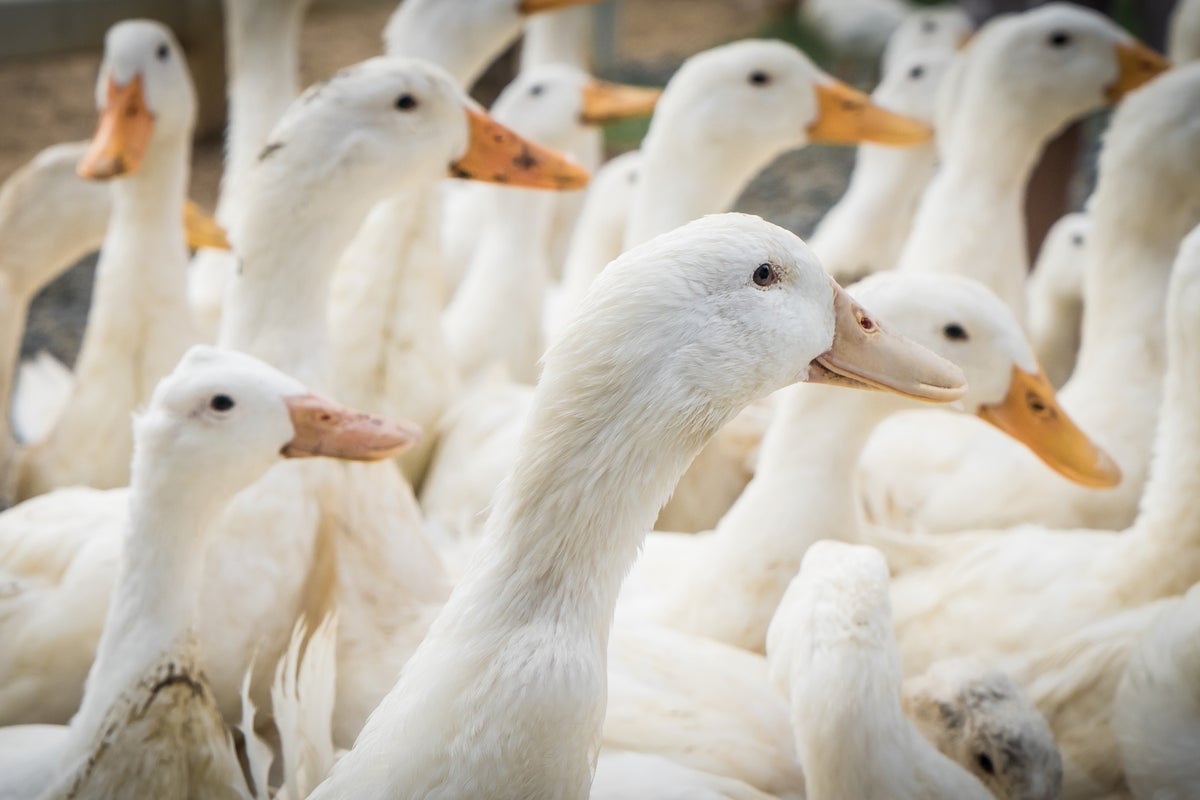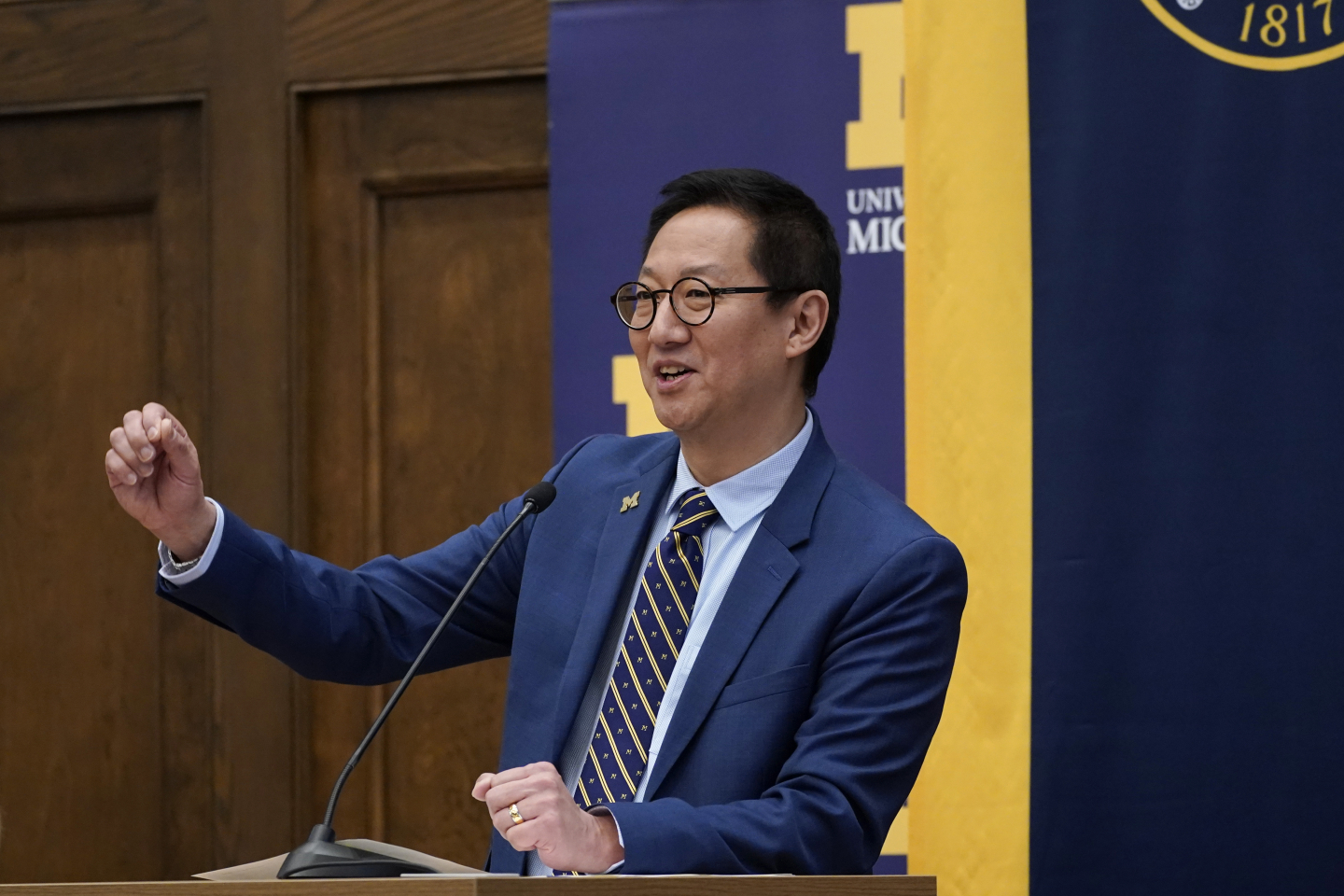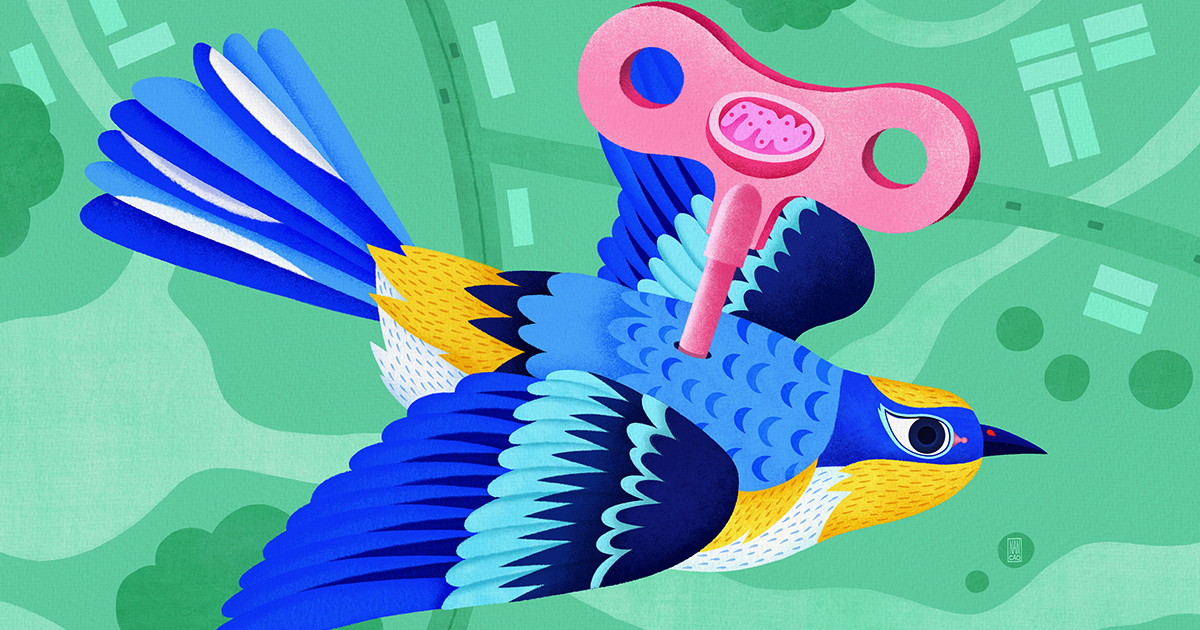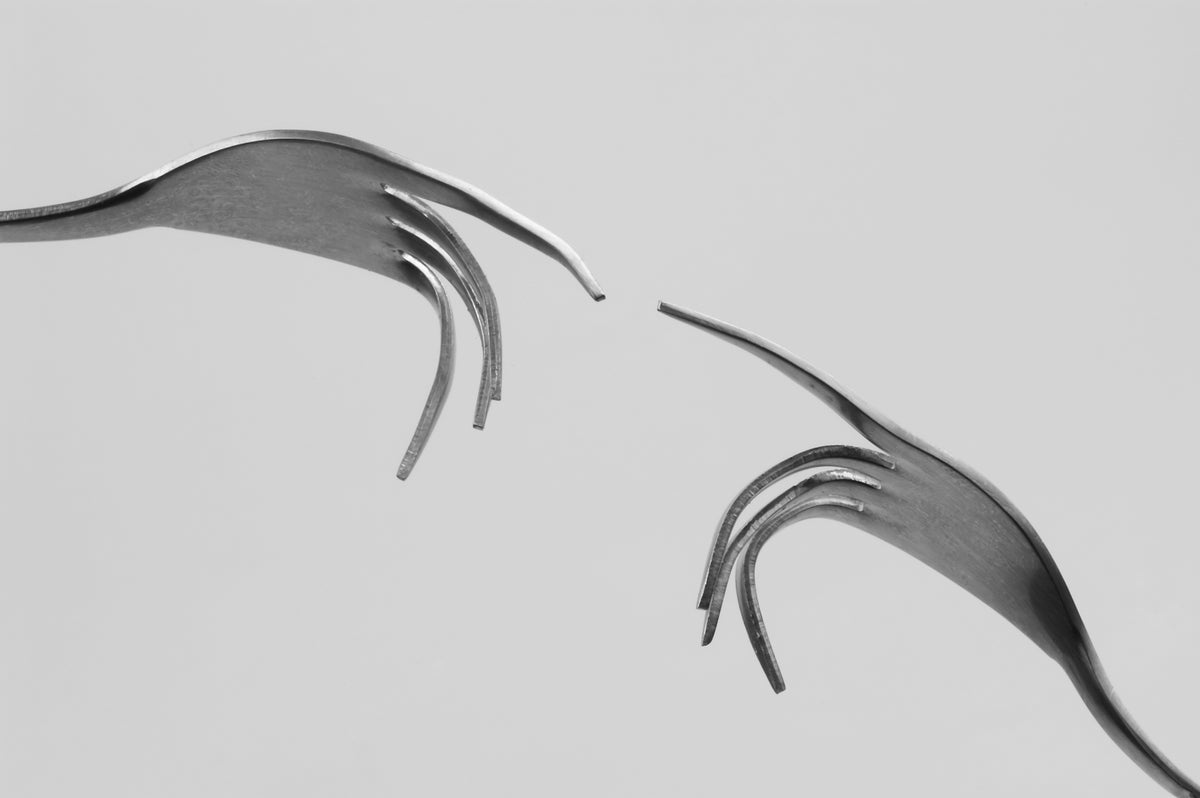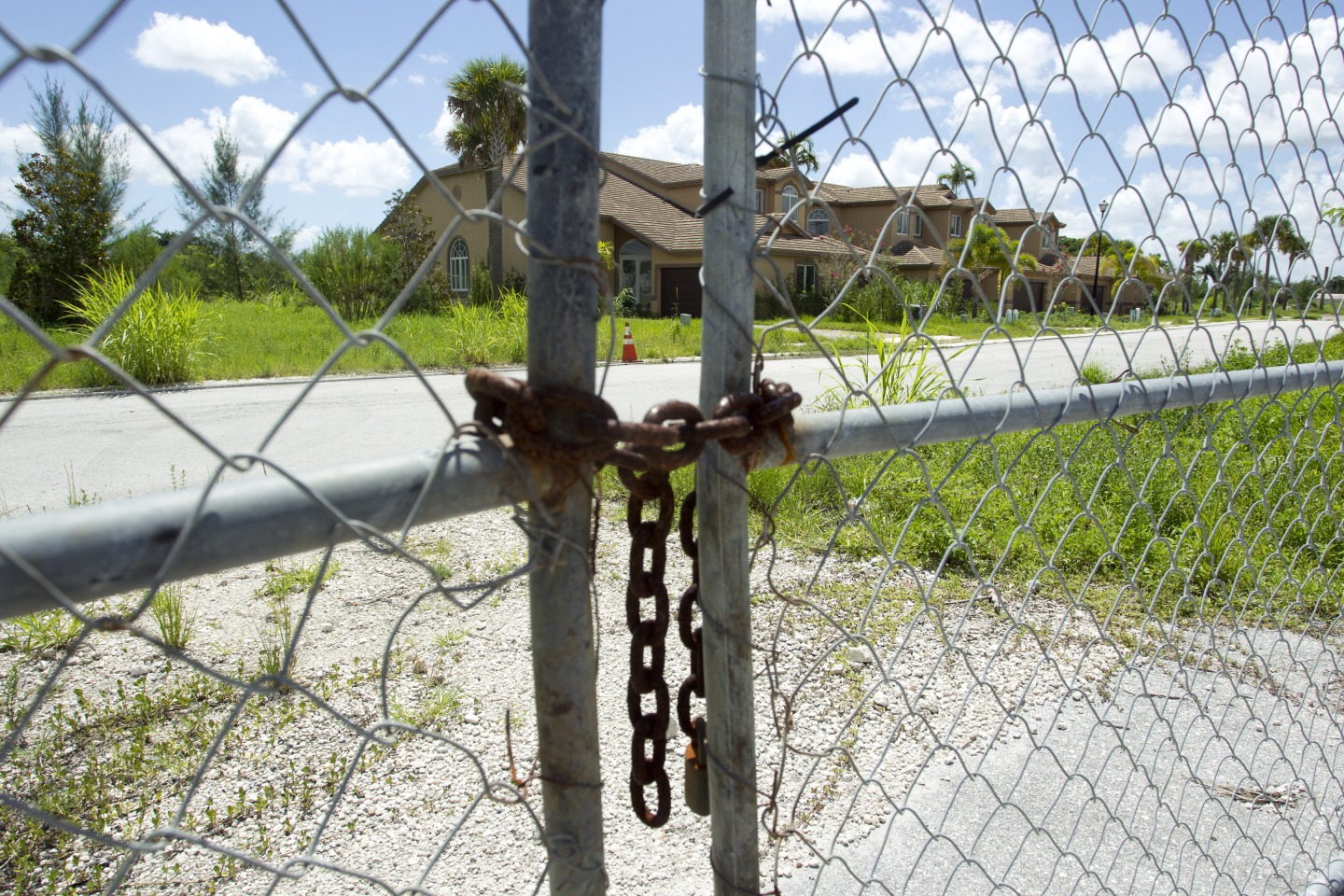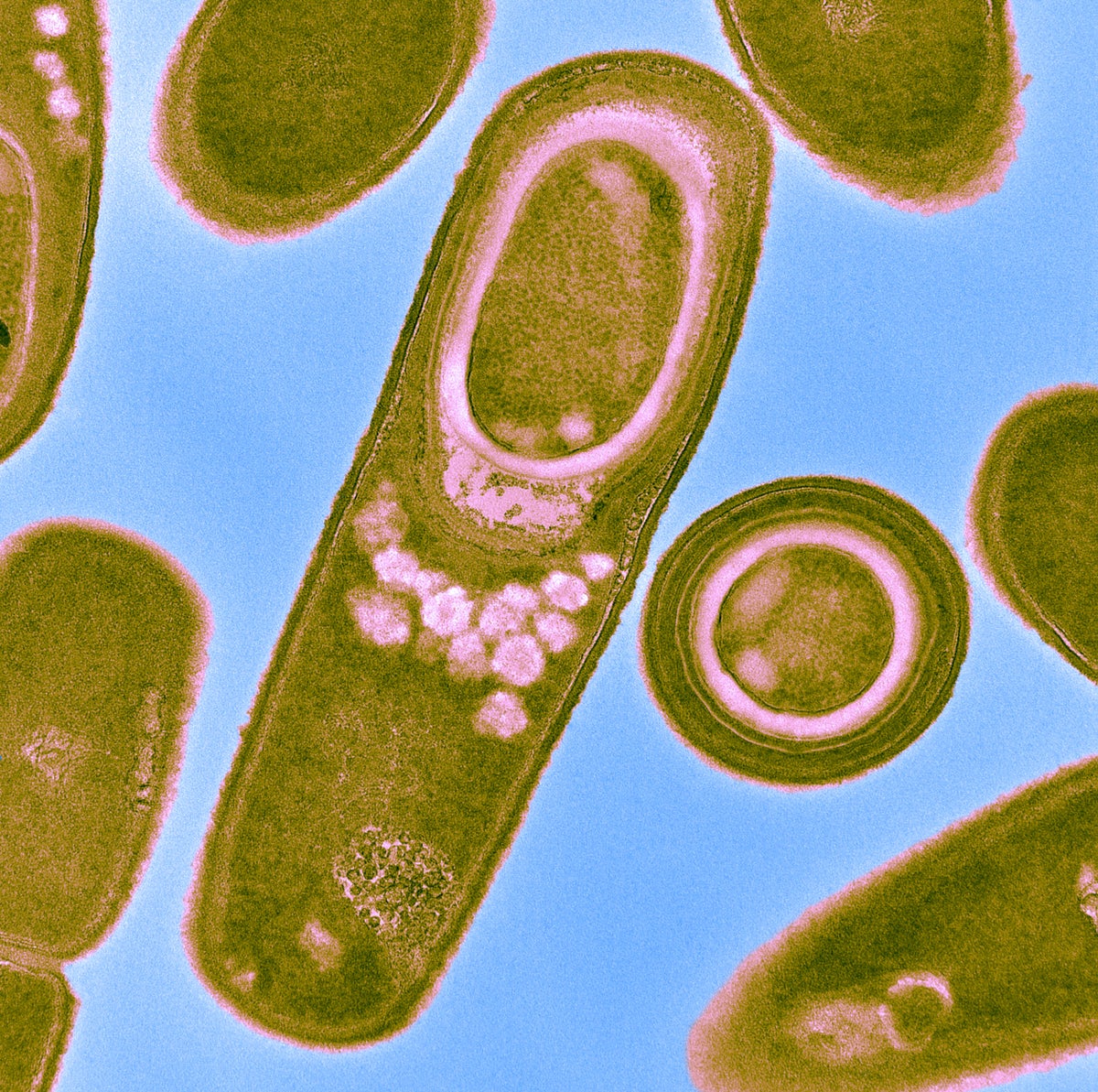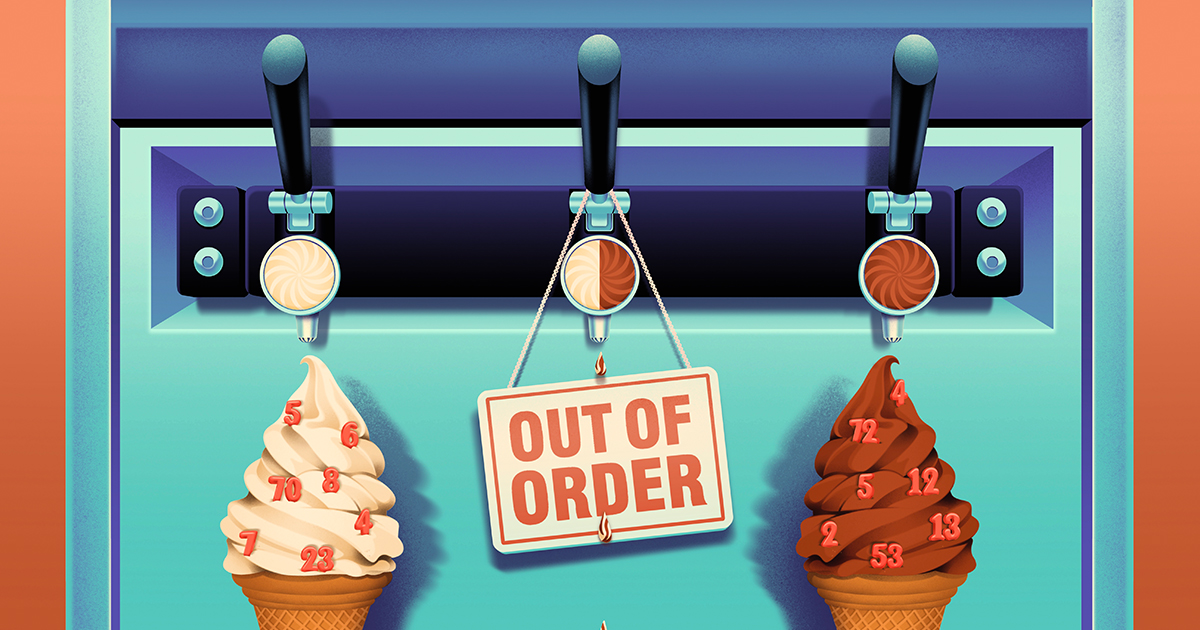A strain of bird flu never seen before in the United States has been detected among poultry at a California farm. The virus, called highly pathogenic H5N9, is a type of avian influenza, otherwise known as “bird flu.” This is not the same type of bird flu that’s already been spreading on dairy cow and… Continue reading A Second Type of Bird Flu is Circulating in U.S. Ducks—What to Know
Will Florida’s Leaders Green Light a DEI Radical?
Say this to the DEI radicals who have run higher education into the ground: They’re shameless. A case in point is Santa Ono, the president of the University of Michigan and a current finalist for president of the University of Florida. Ono has spent his entire career building DEI bureaucracies, pushing climate radicalism, and injecting… Continue reading Will Florida’s Leaders Green Light a DEI Radical?
Round Meat? Square Bread? And More Weird Questions
Podcast: Download MYS367: It’s a fifth Friday, so Cy Kellett of Catholic Answers Live is asking Jimmy Akin weird questions from listeners, about topics like whether AI is a demonic illusion; Jewish Nazarene Christians; Alfred E. Newman; time travel and the natural law; and more. Get all new episodes automatically and for free: Follow by… Continue reading Round Meat? Square Bread? And More Weird Questions
‘Turbocharged’ Mitochondria Power Birds’ Epic Migratory Journeys
Coulson, who was a graduate student with Staples and Guglielmo at the time, led a study on the yellow-rumped warbler, a songbird that migrates between Canada, where it nests, and its wintering grounds in the United States, Mexico and the Caribbean. First, during the birds’ fall migration, they captured the southbound songbirds and brought them… Continue reading ‘Turbocharged’ Mitochondria Power Birds’ Epic Migratory Journeys
Building the Future: Fixing the Global Housing Crisis
This is the second of a two-part series on the global housing crisis. Read the first installment here. The affordable housing crisis in America and many other advanced countries keeps getting worse because it is largely dominated by the wrong voices talking about the wrong places. For years the YIMBYs and NIMBYs have debated development in… Continue reading Building the Future: Fixing the Global Housing Crisis
For Algorithms, a Little Memory Outweighs a Lot of Time
One of the most important classes goes by the humble name “P.” Roughly speaking, it encompasses all problems that can be solved in a reasonable amount of time. An analogous complexity class for space is dubbed “PSPACE.” The relationship between these two classes is one of the central questions of complexity theory. Every problem in… Continue reading For Algorithms, a Little Memory Outweighs a Lot of Time
Here’s Why Elon Musk’s ‘Fork in the Road’ Is Really a Dead End
February 6, 2025 5 min read Why Elon Musk’s ‘Fork in the Road’ Is Really a Dead End Elon Musk’s Fork in the Road isn’t just a sculpture—it’s a monument to the tech world’s obsession with civilizational survival, which has its roots in the search for extraterrestrial intelligence By Rebecca Charbonneau Unlike the Sistine Chapel–esque… Continue reading Here’s Why Elon Musk’s ‘Fork in the Road’ Is Really a Dead End
Locked Out of the Dream: Regulation Making Homes Unaffordable Around the World
The first in a two-part series on the global housing crisis. Next to inflation, Americans ranked housing as their top financial worry in a Gallup survey last May. It’s only gotten worse. January home sales were down 5% from last year’s dismal numbers. Record numbers of first-time buyers are stuck on the sidelines as housing affordability stands… Continue reading Locked Out of the Dream: Regulation Making Homes Unaffordable Around the World
To Find Life on Mars, Make Microbes Wiggle
February 5, 2025 4 min read To Find Life on Mars, Make Microbes Wiggle Could tiny swimming microbes help us unlock the mysteries of extraterrestrial life? By Gayoung Lee edited by Lee Billings A color-enhanced microscopic view of Bacillus subtilis bacteria, rod-shaped extremophile microbes commonly found in soil and in the guts of cows and… Continue reading To Find Life on Mars, Make Microbes Wiggle
Graduate Student Solves Classic Problem About the Limits of Addition
The simplest ideas in mathematics can also be the most perplexing. Take addition. It’s a straightforward operation: One of the first mathematical truths we learn is that 1 plus 1 equals 2. But mathematicians still have many unanswered questions about the kinds of patterns that addition can give rise to. “This is one of the… Continue reading Graduate Student Solves Classic Problem About the Limits of Addition
